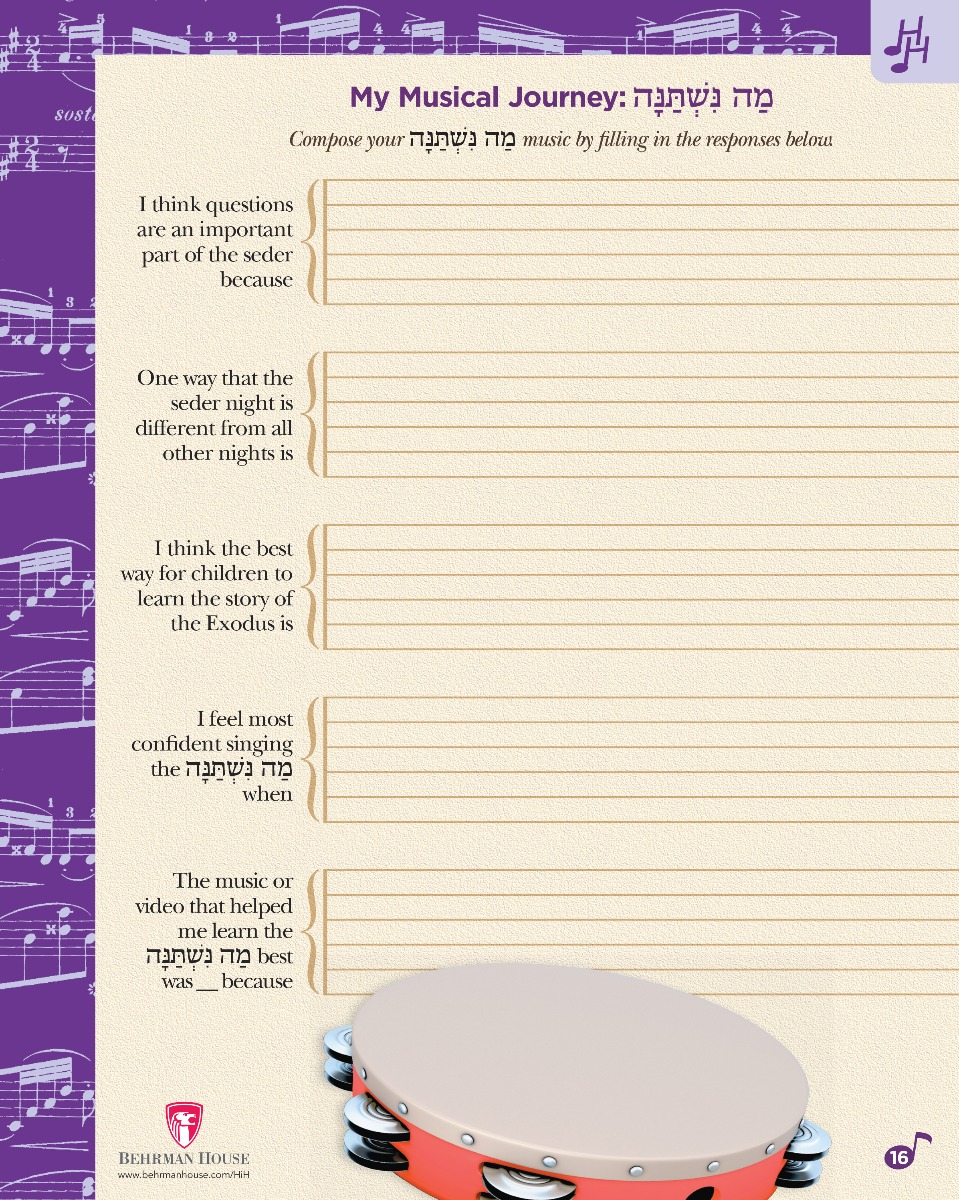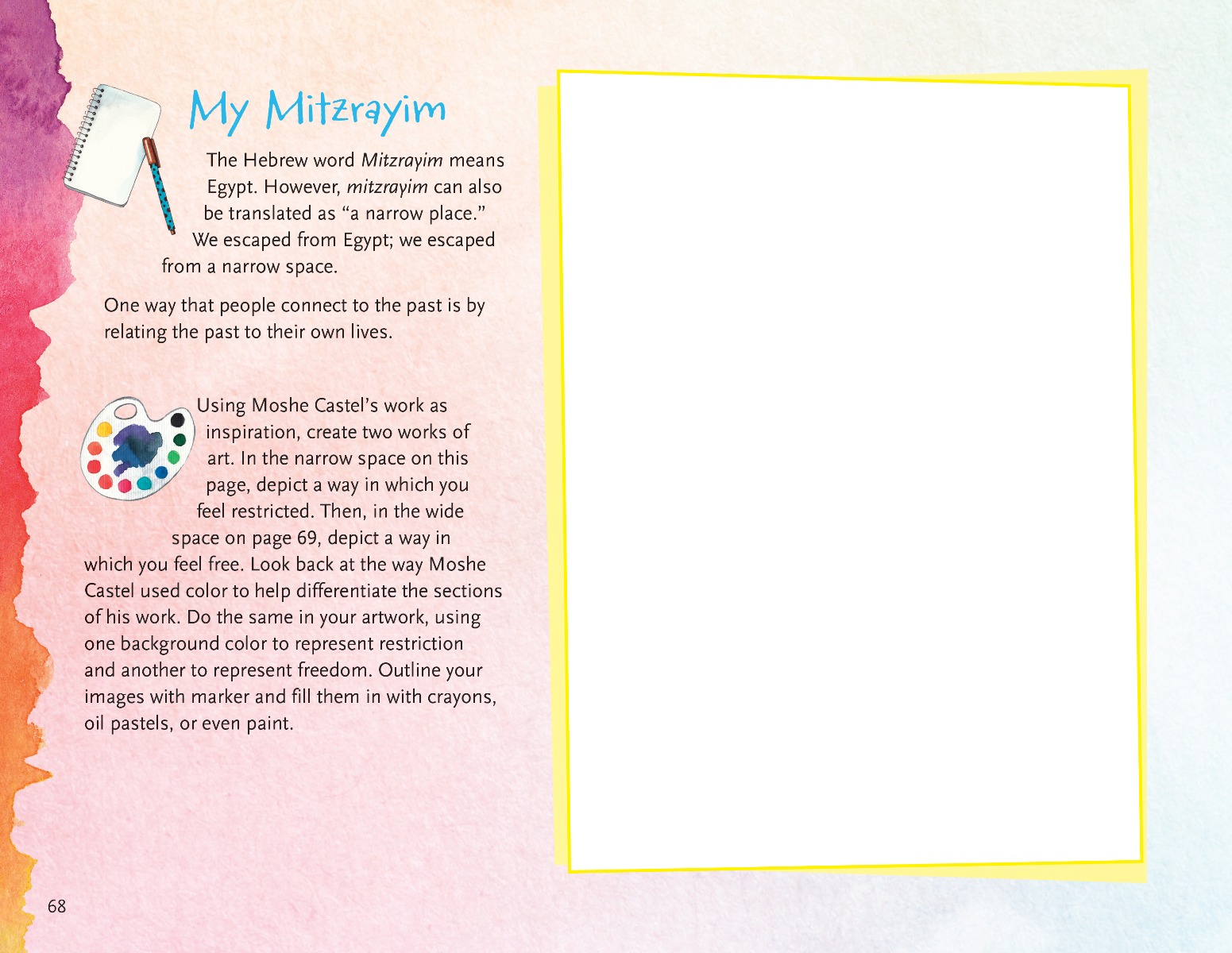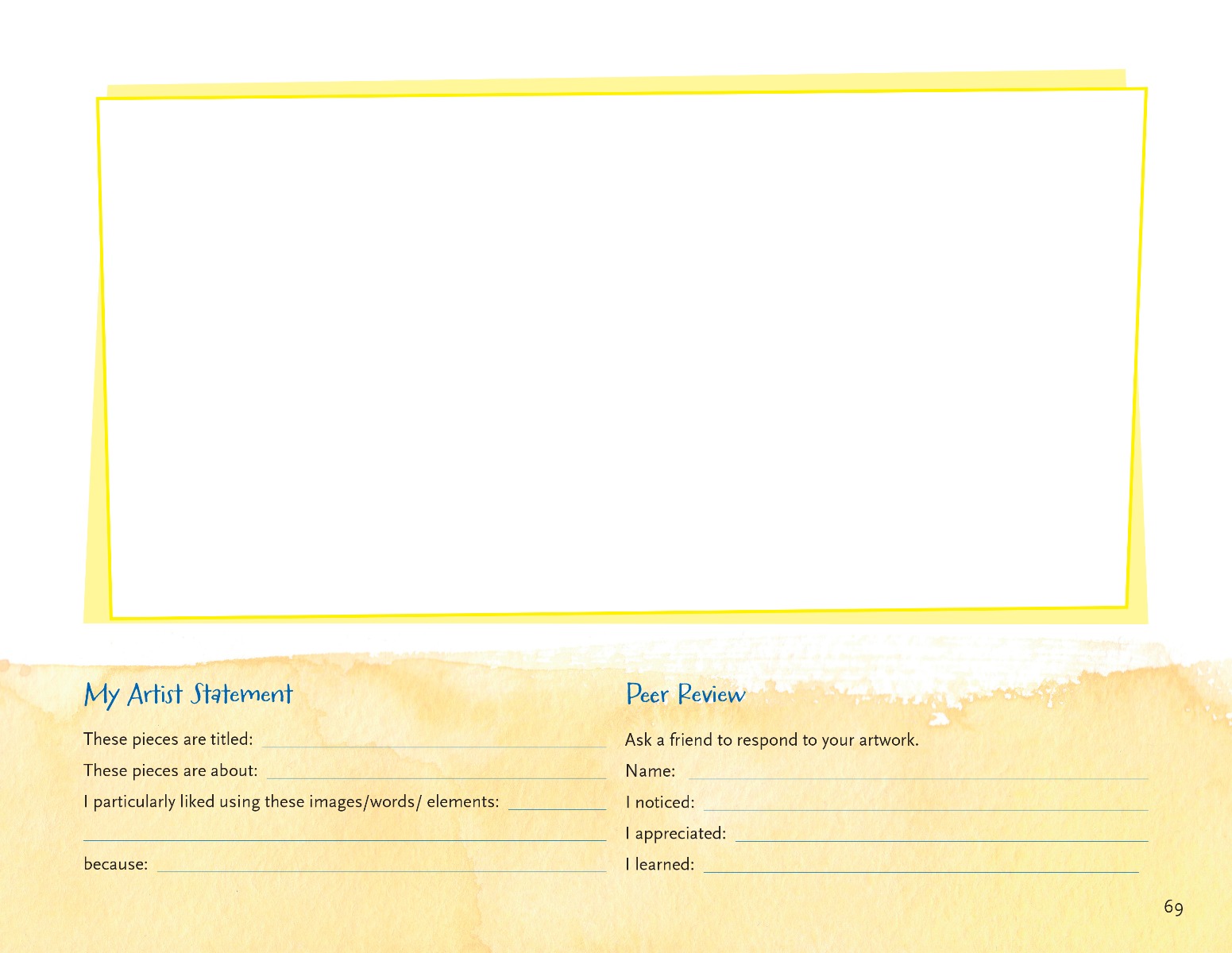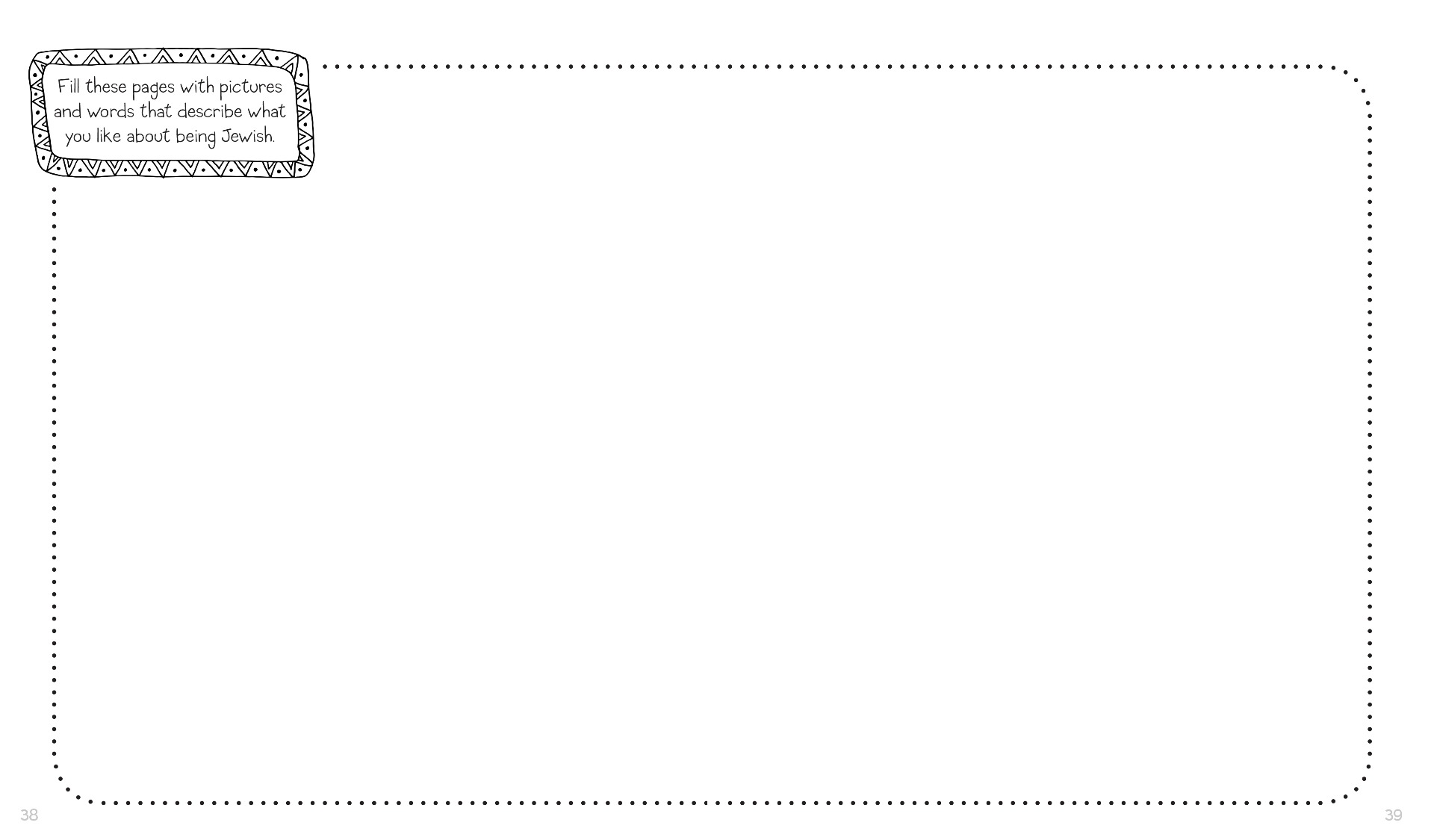Weave Arts Education into Lessons to Help Learning
Singing along to remember words to a prayer. Doodling to process feelings about becoming bnai mitzvah. Analyzing a painting to encourage questions about Passover.
These are some of the learning strategies built into our recent materials that draw on arts education, figuratively speaking. Incorporating elements of the arts — and thinking of the word "art" expansively: painting, drawing, drama, music, storytelling, poetry — into curriculum, lessons, and student materials can be important ways to how children learn.
A crop of new neuroscience research back this up. Studies show that arts education helps increase retention and develop students' capacity for collaboration and creativity.
New research shows that drawing boosts memory because it forces students to process information in multiple ways: visually, kinesthetically, and semantically. "A lot of the information we teach doesn’t stick," says Mariale Hardiman, a professor at the Johns Hopkins School of Education, where she directs the neuro-education initiative, in a recent article in the New York Times. When arts are integrated into the curriculum, “learning become more visible. ...Children remember the information better when they taught it through the arts.” In the Times article, Paul T. Sowden, a professor of psychology at the University of Winchester in England says it boils down to “looking for opportunities in the arts education context to encourage children to ask questions, to use their imaginations."
Here are some ways that Behrman House does just that, incorporating the arts into the learning.
Make, Create, Celebrate: Jewish Holidays Through Art uses art as a lens to examine the big ideas of each Jewish holiday. Here's one example of how that works:
Step 1. See/Think/Wonder. In the unit on Rosh Hashanah and Yom Kippur, students examine a self portrait of Marc Chagall and answer questions such as, "What do you see? What colors does the artist use to create light? What do you think? What do you wonder?"
This See/Think/Wonder Routine is based upon Harvard University’s Project Zero, a research-based organization that has developed a collection of thinking routines. Elizabeth Diament, the Senior Educator at the National Gallery of Art and consultant for Make, Create, Celebrate, has written that, “Thinking routines have the capacity to activate student’s deep thinking by privileging their own ideas as a valuable source of information, getting them personally involved, and using questions to drive learning and uncover complexity.” This kind of deep learning and personal connection to Jewish subjects are essentially the goals of religious classrooms.
Step 2. Create art. Give students the opportunity to create their own art.
Step 3. Reflect on art. Each chapter in Make, Create, Celebrate ends with a reflection, where students can make their statement about their intent in creating art and what it means to them. Then they trade their art and statement with a partner and fill out the peer review section about their art. They trade back when both have finished.
By the time students have completed the holiday cycle, they will have created a portfolio full of their own work reflecting Jewish values.
Hebrew in Harmony intergrates multiple modalities in the curriculum. Featuring music from more than 60 of today's top Jewish musicians, the program is rooted in music -- and also includes drawing and drama -- to help students and learn Hebrew and build connections to prayer.
 Drawing and journaling takes center stage in Make This Journal: My Bar/Bat Mitzvah Year , which gives pre-teens the freedom to process and chronicle the months leading up their bnai mitzvah. They can open to any page and pick from a wide variety of funny, thought-provoking, and clever prompts that encourage them to draw, write, and create. Some of the prompts relate to their b’nai mitzvah preparations, and others take a snapshot of their lives.
Drawing and journaling takes center stage in Make This Journal: My Bar/Bat Mitzvah Year , which gives pre-teens the freedom to process and chronicle the months leading up their bnai mitzvah. They can open to any page and pick from a wide variety of funny, thought-provoking, and clever prompts that encourage them to draw, write, and create. Some of the prompts relate to their b’nai mitzvah preparations, and others take a snapshot of their lives.Here are some simple strategies to incorporate the arts into your classroom to enrich learning.
• Have students create their own posters, maps, or diagrams. Instead of spending money to buy or print posters, for example, give students the chance to process what they've learned by making visual representations.
• Use creative assessments. Get a comprehensive view of students' understanding of the material you've covered and allow students to express a range of intelligences - linguistic, spatial, musical, kinesthetic, etc. The Jewish Educator's Companion has an entire chapter devoted to creating creative assessments built on the arts.
• Set it to music. Act it out. Make up a dance to it. And so on. Your students will enjoy the learning and likely to remember it better.
Don’t forget to subscribe to our newsletter and connect with us on social media!






